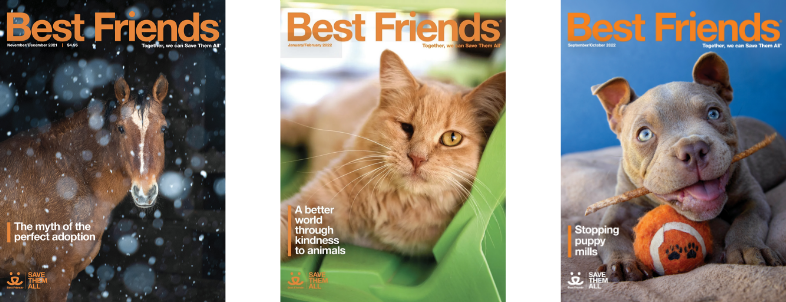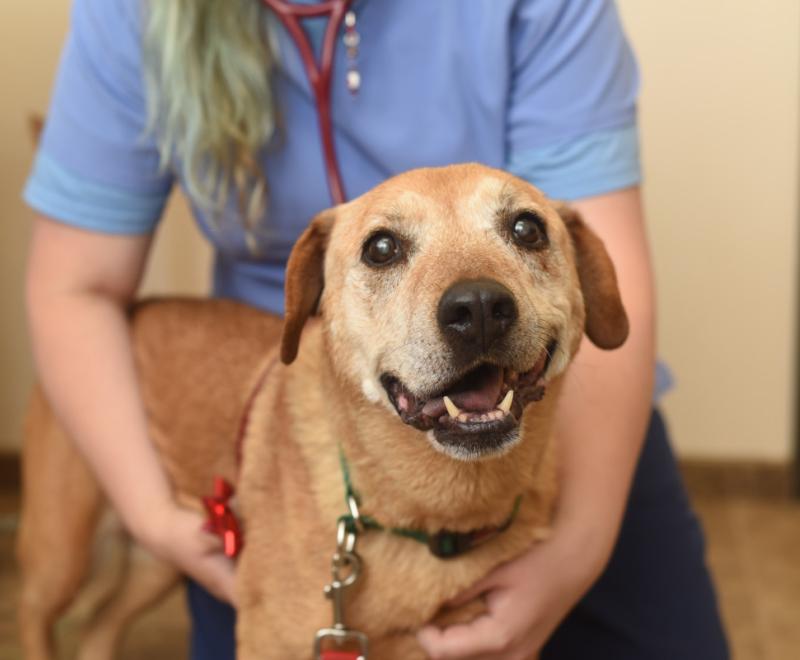Best Friends shelter medicine team to the rescue

So much of animal sheltering circles back to good veterinary care. And now there’s a team at Best Friends working with shelters to support them in delivering excellent care that saves lives. Best Friends’ director of national veterinary programs, Dr. Erin Katribe, and her team of experienced veterinarians and technicians work both on-site and virtually with shelters, teaching things like high-quality and high-volume spay/neuter, disease prevention and outbreak response, and ways to make existing veterinary programs more efficient.
Recently, two team members visited a shelter in New Mexico and noticed that many of the dogs were coughing and had runny noses. They suspected that the dogs had distemper, a severe and highly contagious virus. So they immediately helped staff to prevent further spread of the disease. The shelter temporarily stopped taking in dogs, treated those who were sick, divided areas to keep healthy dogs away from sick ones, and ensured that all dogs in the shelter were tested for distemper. The intervention not only saved lives right away, but it also showed shelter staff how to keep healthy dogs well and get medical care for sick dogs more quickly.
Overall, the program supports shelters wherever they are on their lifesaving journey — from those with low save rates that need support for basic care to those approaching no-kill as they begin to treat pets who wouldn’t have made it out of the shelter in the past. Animals with medical issues and preventable infectious diseases now have a better chance to get healthy and go on to live long lives in new homes, thanks to the care they got at their local shelter.
This article was originally published in the January/February 2024 issue of Best Friends magazine. Want more good news? Become a member and get stories like this six times a year.
Let's make every shelter and every community no-kill by 2025
Our goal at Best Friends is to support all animal shelters in the U.S. in reaching no-kill by 2025. No-kill means saving every dog and cat in a shelter who can be saved, accounting for community safety and good quality of life for pets.
Shelter staff can’t do it alone. Saving animals in shelters is everyone’s responsibility, and it takes support and participation from the community. No-kill is possible when we work together thoughtfully, honestly, and collaboratively.







